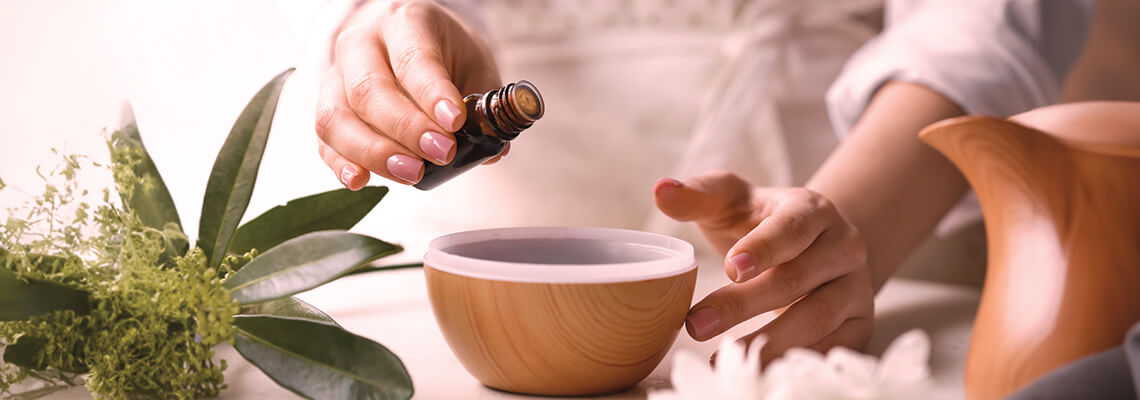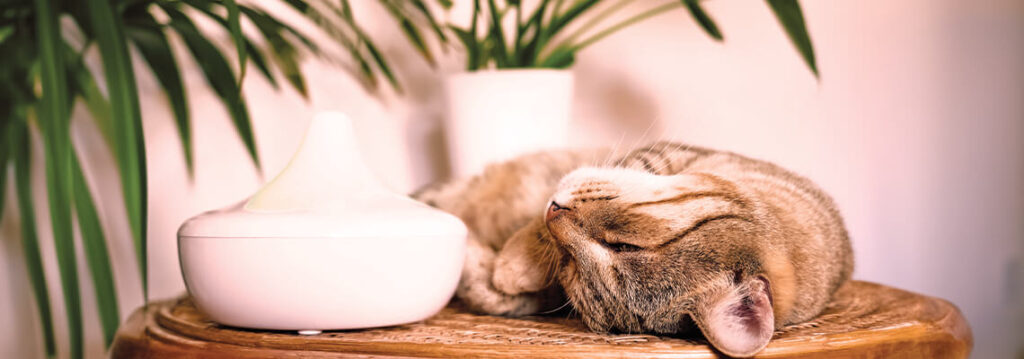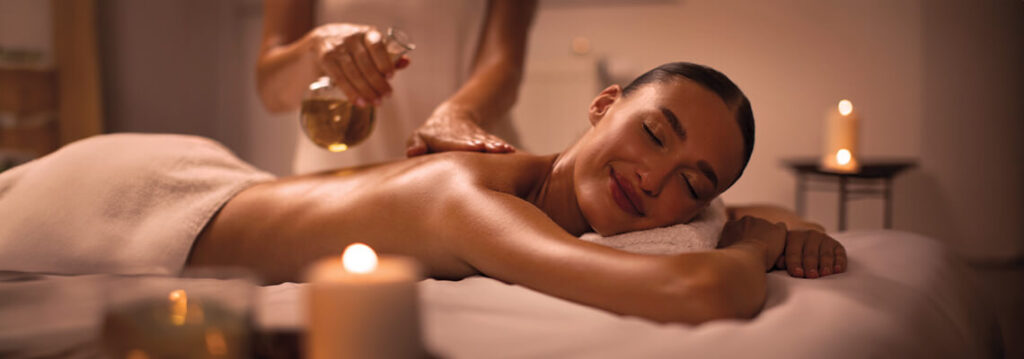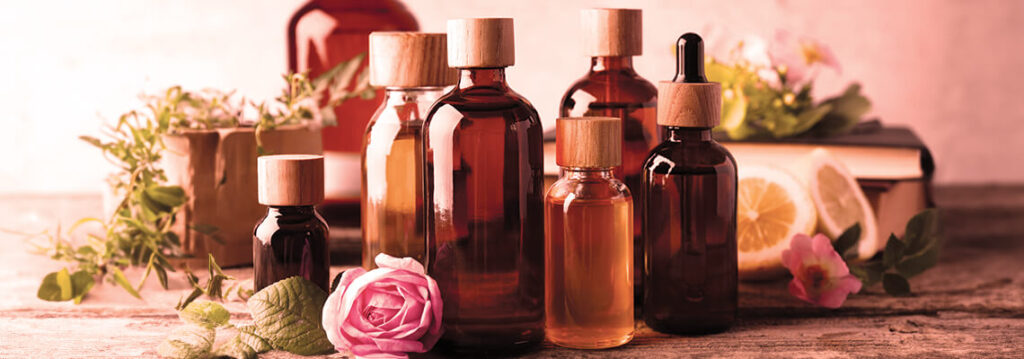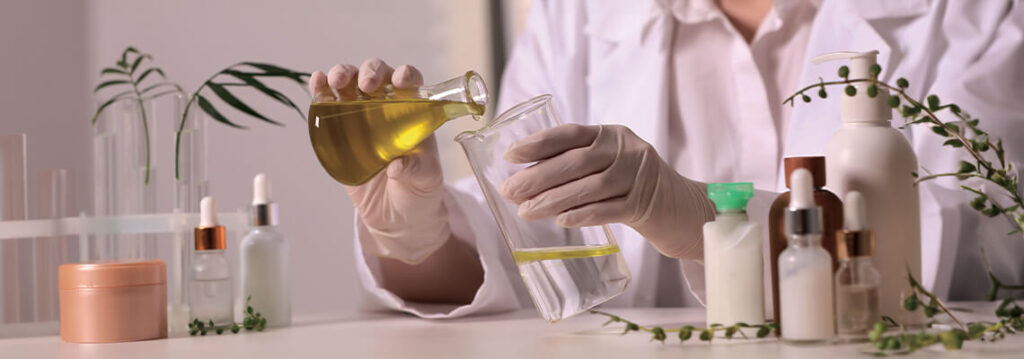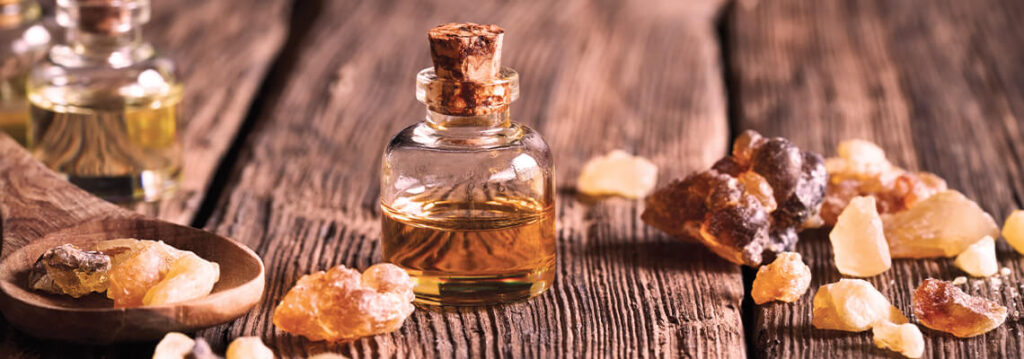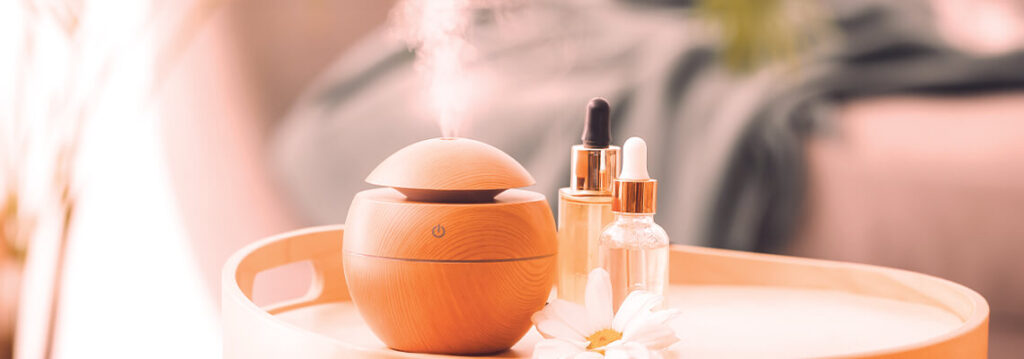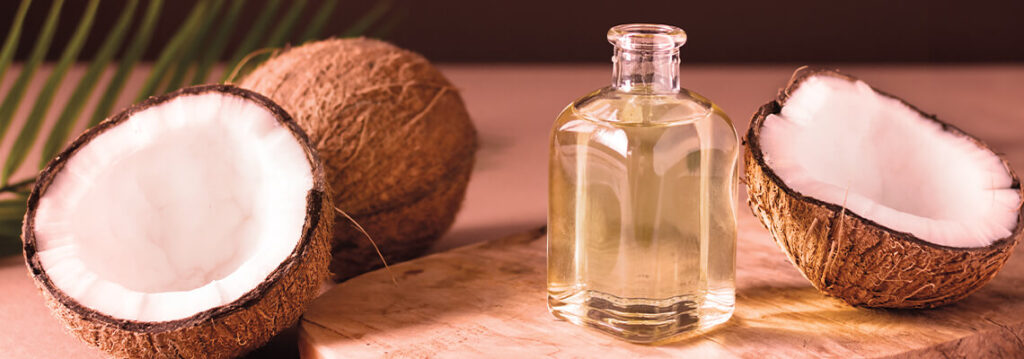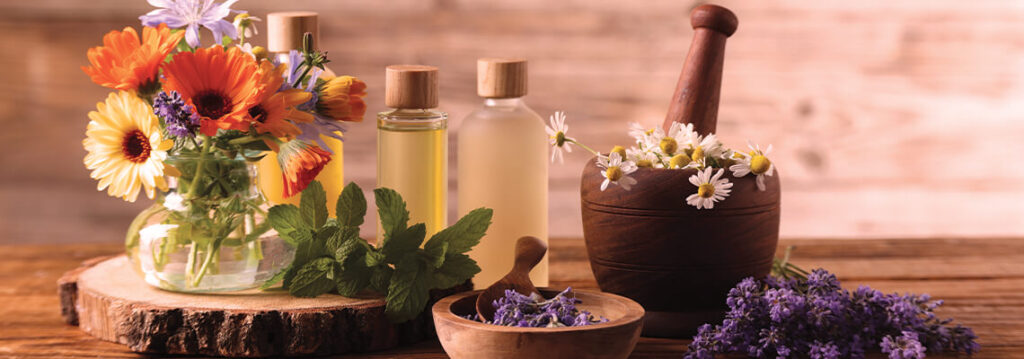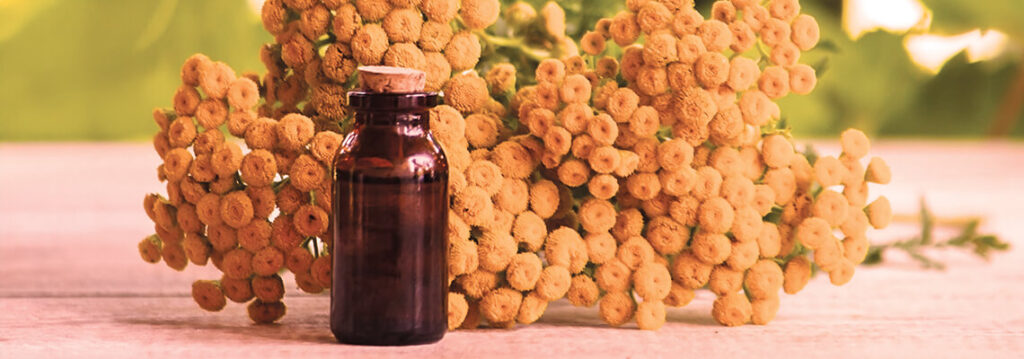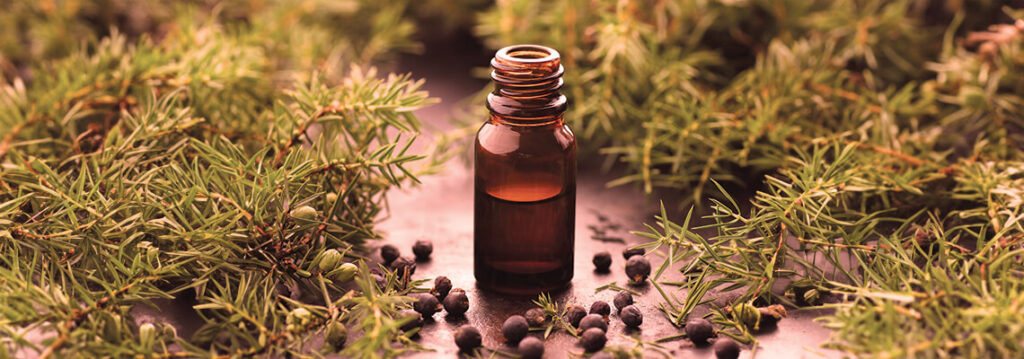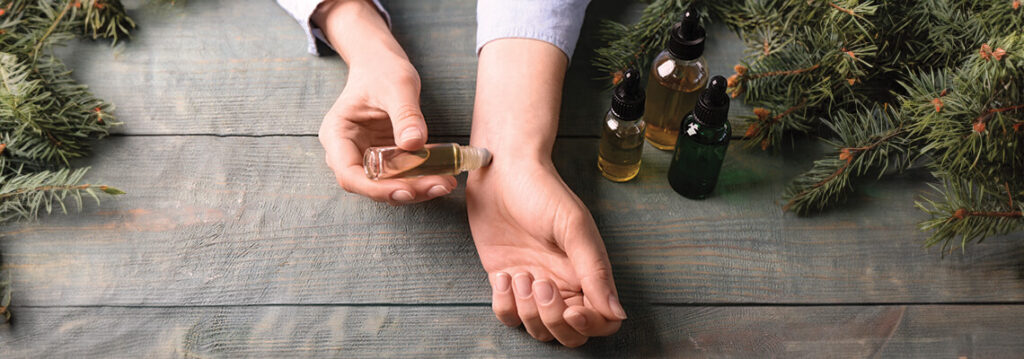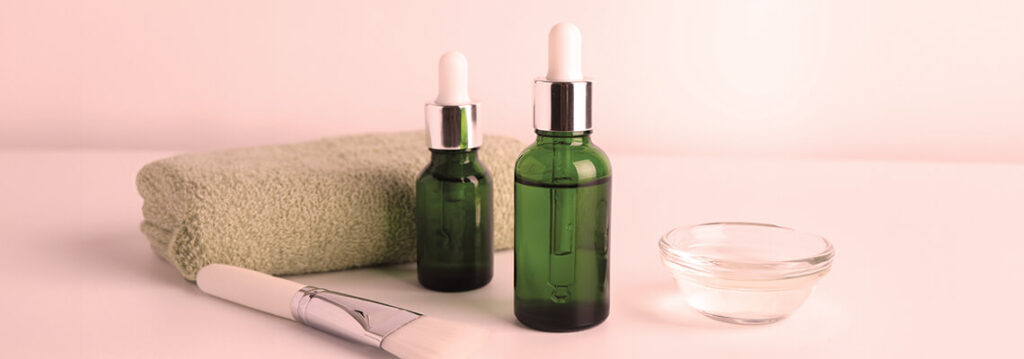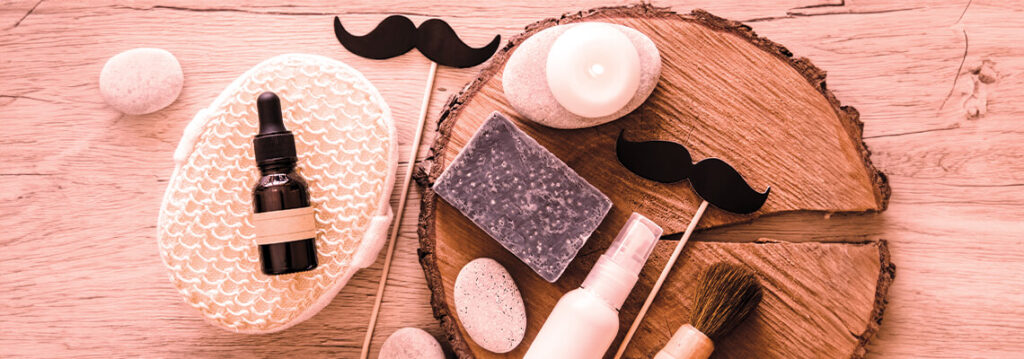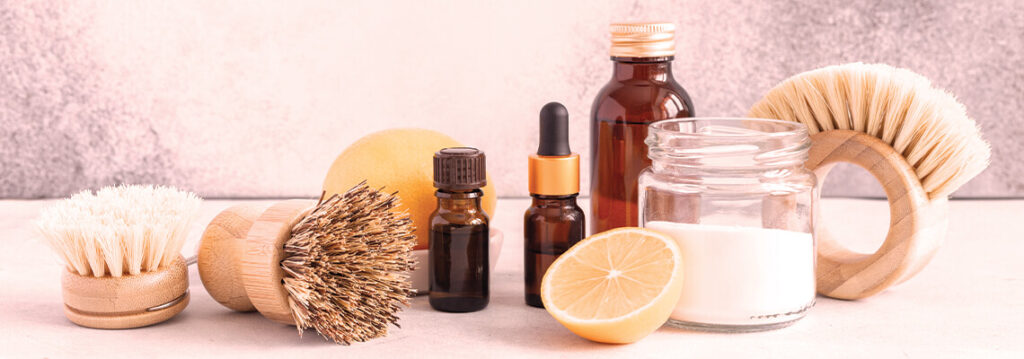ESSENTIAL OILS FOR SEASONAL ALLERGIES
With the arrival of Spring, many people face seasonal allergies. Learn about some of the best Essential Oils which provide effective natural relief from these allergies as the seasons change.
GIFT IDEAS FOR MOTHER'S DAY
Instead of buying a generic present with excess packaging, harsh chemicals, and no personality, show the moms in your life how special they are with a handmade, luxurious personal care gift inspired by the power of Aromatherapy.
ESSENTIAL OIL BLENDS FOR SPRING
The Spring season is about fresh rainfall, the regrowth of the leaves, blooming flowers, and long sunny days. Discover 8 unique Essential Oil blends inspired by Spring, which harness the seasons’ most invigorating scents!
NDA’S BEST ALL-NATURAL PRODUCTS FOR MOMS
Whether she’s a first-time Mom or a supportive grandmother, whether her focus is business or fitness, partying or gardening, NDA offers a range of natural products to honor each deserving Mom based on her individual lifestyle this Mother’s Day.
Trending Now
PET FRIENDLY ESSENTIAL OILS
Essential Oils for Cellulite
CARRIER OILS GUIDE
HOW ESSENTIAL OILS ARE MADE
FRANKINCENSE OIL RECIPES
OILS FOR HEALTHY AND STRONG NAILS
ESSENTIAL OILS FOR INDOOR AIR QUALITY
GERANIUM OIL
MENTHOL CRYSTALS
FRACTIONATED COCONUT OIL
ESSENTIAL OIL BLENDS FOR SPRING
HELICHRYSUM OIL
JUNIPER BERRY OIL
ESSENTIAL OILS FOR SKIN
Spring Recipes
GREEN SELF-CARE TIPS FOR ST. PATRICK’S DAY – WITH ESSENTIAL OILS
CREATIVE ESSENTIAL OIL IDEAS TO CELEBRATE EASTER AT HOME
TOP 10 ESSENTIAL OILS FOR SPRING TO REFRESH, UPLIFT, & BOOST IMMUNITY
GIFT IDEAS FOR FATHER’S DAY
SPRING CLEAN YOUR HOME WITH ESSENTIAL OILS
GIFT IDEAS FOR MOTHER’S DAY
GIFT IDEAS FOR FATHER’S DAY
Disclaimer
The information in this document is obtained from current and reliable sources but makes no representation as to its comprehensiveness or accuracy. Information posted on this website may not always have undergone verification/validation by New Directions Aromatics Inc (NDA). Nothing contained herein should be considered as a recommendation by New Directions Aromatics Inc. as to the fitness for any use. While every effort is made to provide accurate information, NDA shall not be liable for any errors in these postings or for any actions taken in reliance thereon. New Directions Aromatics Inc. shall not be responsible for any damages resulting from use of or reliance upon this information.
The user of the product is solely responsible for compliance with all laws and regulations applying to the use of the product, including the intellectual property rights of third parties. Customers may use the information from NDA only with the clear understanding that all products must be used at their own discretion and only after referring to the Material Safety Data Sheets (MSDS) and all other relevant technical information specific to the product. New Directions Aromatics Inc. shall not be responsible for any damages, adverse reactions, negative effects, or consequences resulting from use of or reliance upon this information.
Desired results might not always be achieved due to variations in ingredients, temperatures, errors, omissions, or individual ability to follow instructions. As the ordinary or otherwise use(s) of this product is outside the control of NDA, no representation or warranty – expressed or implied – is made as to the effect(s) of such use(s) (including damage or injury) or the results obtained. The liability of New Directions Aromatics Inc. is limited to the value of the goods and does not include any consequential loss. Further, New Directions Aromatics Inc. is not responsible for the comments made in the customer reviews, nor when products are used in ways not suitable to their purpose (for example, fragrance oils in toothpaste; bath salts in metal containers; additives used in larger amounts than recommended).
Please note, the International Federation of Aromatherapists do not recommend that Essential Oils be taken internally, unless under the supervision of a Medical Doctor, who is also qualified in clinical Aromatherapy. In addition, Essential Oils must be properly diluted before use, in order to avoid any damages to property or adverse physical effects (including injury or bodily harm).
In the event of any dispute, the Customer hereby agree that Jurisdiction is limited to the province of Ontario.

